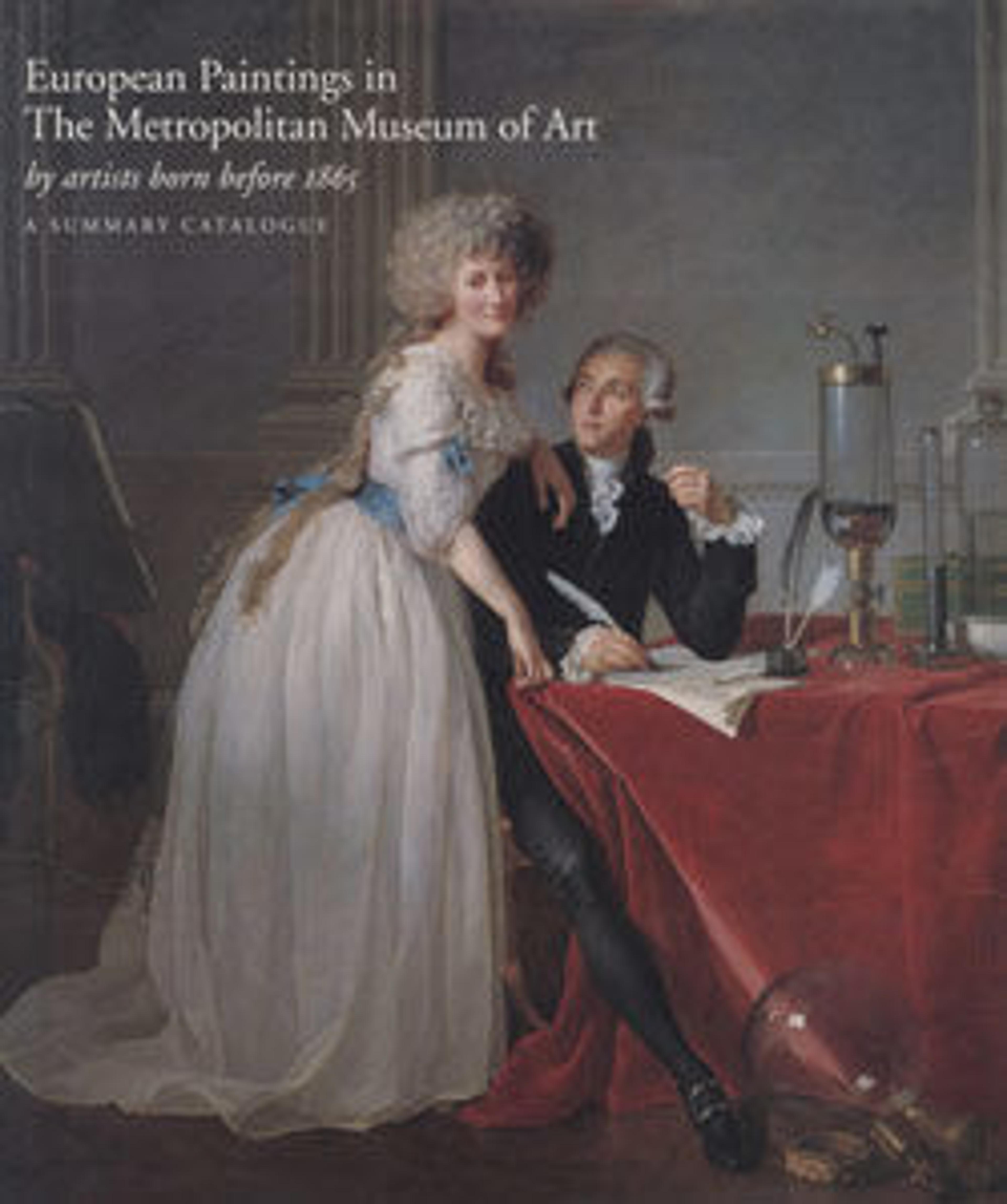Madonna and Child with Saints Jerome and Mary Magdalen
A sculptor as well as a painter, Neroccio de' Landi was one of the most accomplished artists of late-fifteenth-century Siena. His work centered on devotional images of the Madonna and Child; this one dates about 1490. The format—with two accompanying saints set behind the Virgin—was conventional in Siena, but Neroccio's lyrical, relief-like treatment of the figures and his emphasis on surface refinement are peculiar to him.
The frame is not original to the picture but was designed by the great architectural engineer-sculptor-painter Francesco di Giorgio, with whom Neroccio shared a workshop between 1468 and 1475.
The frame is not original to the picture but was designed by the great architectural engineer-sculptor-painter Francesco di Giorgio, with whom Neroccio shared a workshop between 1468 and 1475.
Artwork Details
- Title: Madonna and Child with Saints Jerome and Mary Magdalen
- Artist: Neroccio de' Landi (Italian, Siena 1447–1500 Siena)
- Date: ca. 1490
- Medium: Tempera on wood
- Dimensions: 24 x 17 1/4 in. (61 x 43.8 cm)
- Classification: Paintings
- Credit Line: Gift of Samuel H. Kress Foundation, by exchange, 1961
- Object Number: 61.43
- Curatorial Department: European Paintings
More Artwork
Research Resources
The Met provides unparalleled resources for research and welcomes an international community of students and scholars. The Met's Open Access API is where creators and researchers can connect to the The Met collection. Open Access data and public domain images are available for unrestricted commercial and noncommercial use without permission or fee.
To request images under copyright and other restrictions, please use this Image Request form.
Feedback
We continue to research and examine historical and cultural context for objects in The Met collection. If you have comments or questions about this object record, please contact us using the form below. The Museum looks forward to receiving your comments.
